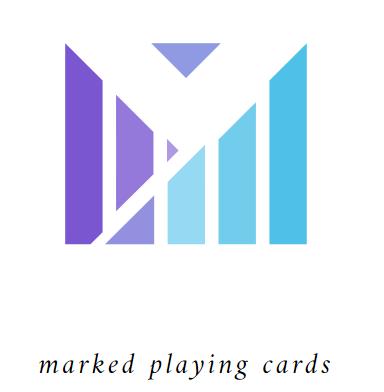Cheating Cards in Poker
In card games such as poker, cheating cards is common and can happen in a variety of ways. Cheating is essentially any action that allows the player to gain an advantage over another player at the table. In most cases this involves using sleight of hand techniques or other methods that allow the player to manipulate the deck to their own benefit. One of the most common ways to cheat is through a process known as “cold deck switching” where the cheat moves the cards in a way that makes them favorable for their needs. Another more advanced form of card cheating involves false shuffling or false cuts. These supposedly legitimate shuffles allow the cheat to maintain order in the deck and move certain cards into positions that will make them more favorable for dealing.
Card manipulation is often combined with a technique known as ‘second deals’. In a second deal the cheat will move a specific card to the top of the deck by culling, palming or mucking it. Once the desired card is in the top position the cheat will then deal it to themselves or a confederate by putting the deck through a series of false deals. This is a common method of cheating in private card games and can be very hard to detect.
Professional card cheats will often work in pairs to reduce the chances of discovery. In some cases they will also rotate winning deals between themselves to increase the chances of keeping their advantage under wraps. This is also a way to avoid detection if a particular game has an especially high concentration of cheaters.
Aside from cold deck switches and second deals, card cheats may also use a variety of other methods to steal a win. This includes on the spot card marking, which is a simple way to mark important cards such as aces and kings. It’s quite common to see players doing this in private card games and casinos alike, as it’s a very easy way to give yourself a slight edge.
It’s also a popular card cheating strategy to perform a false overhand shuffle in combination with false dealing. This combines an overhand shuffle with the ability to stack cards in the deck. This allows the cheat to easily look at the top and bottom of the deck without others knowing. One of the biggest giveaways for this is the fact that a bad fake overhand shuffle will result in the bottom of the deck ’wedgeing out’ slightly. A good card cheat will be able to spot this and take advantage of it to their advantage.
